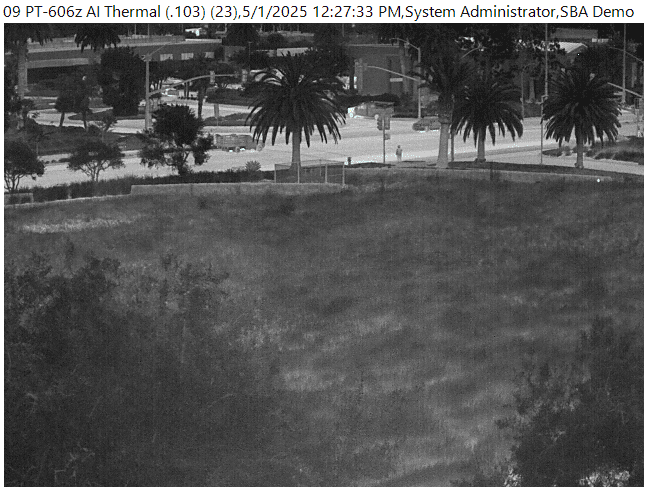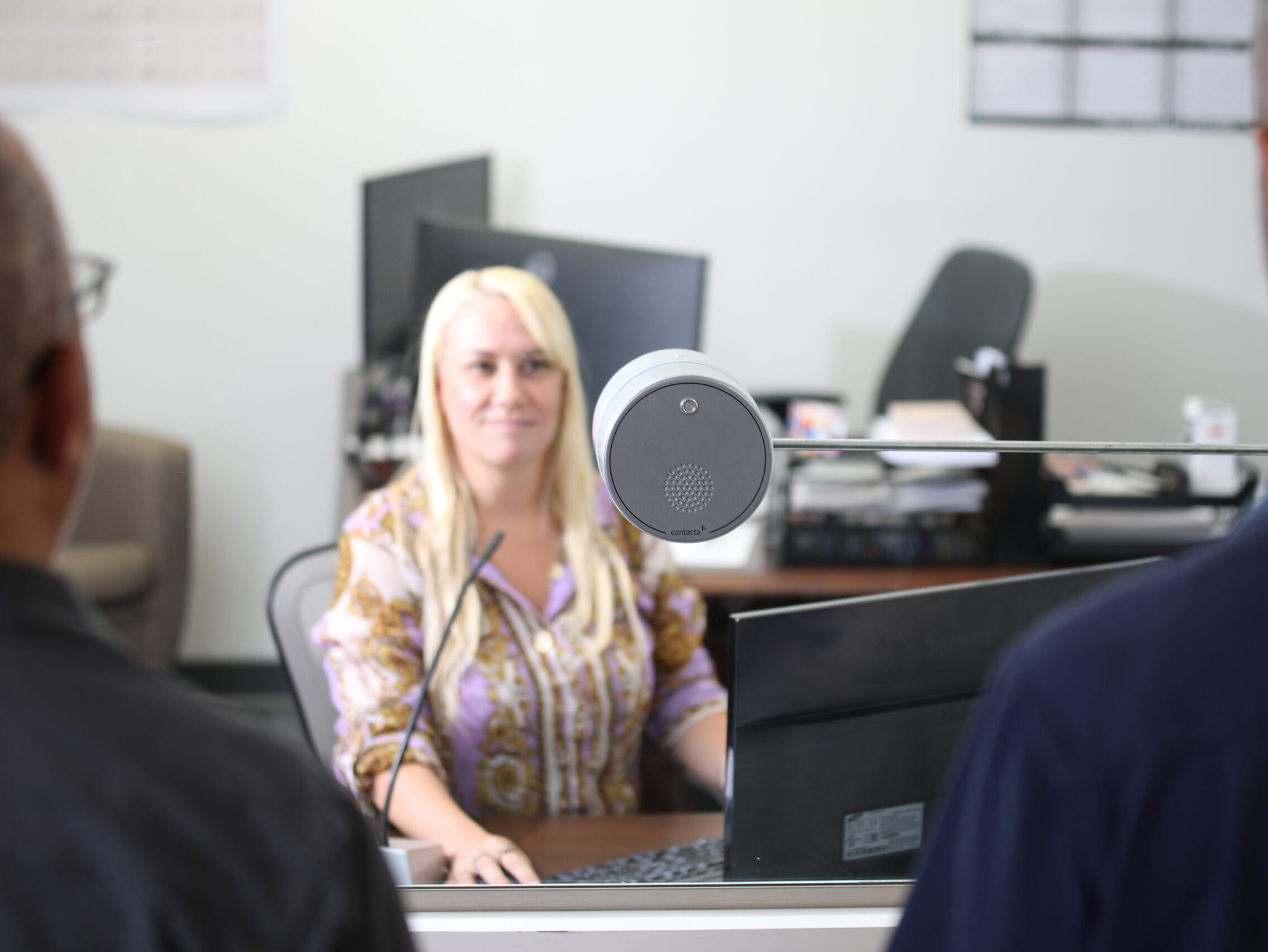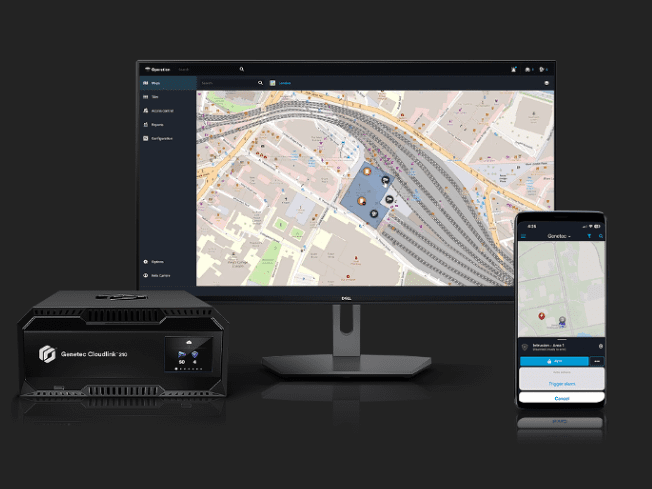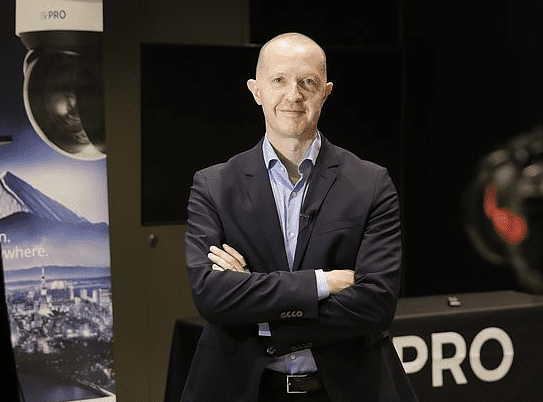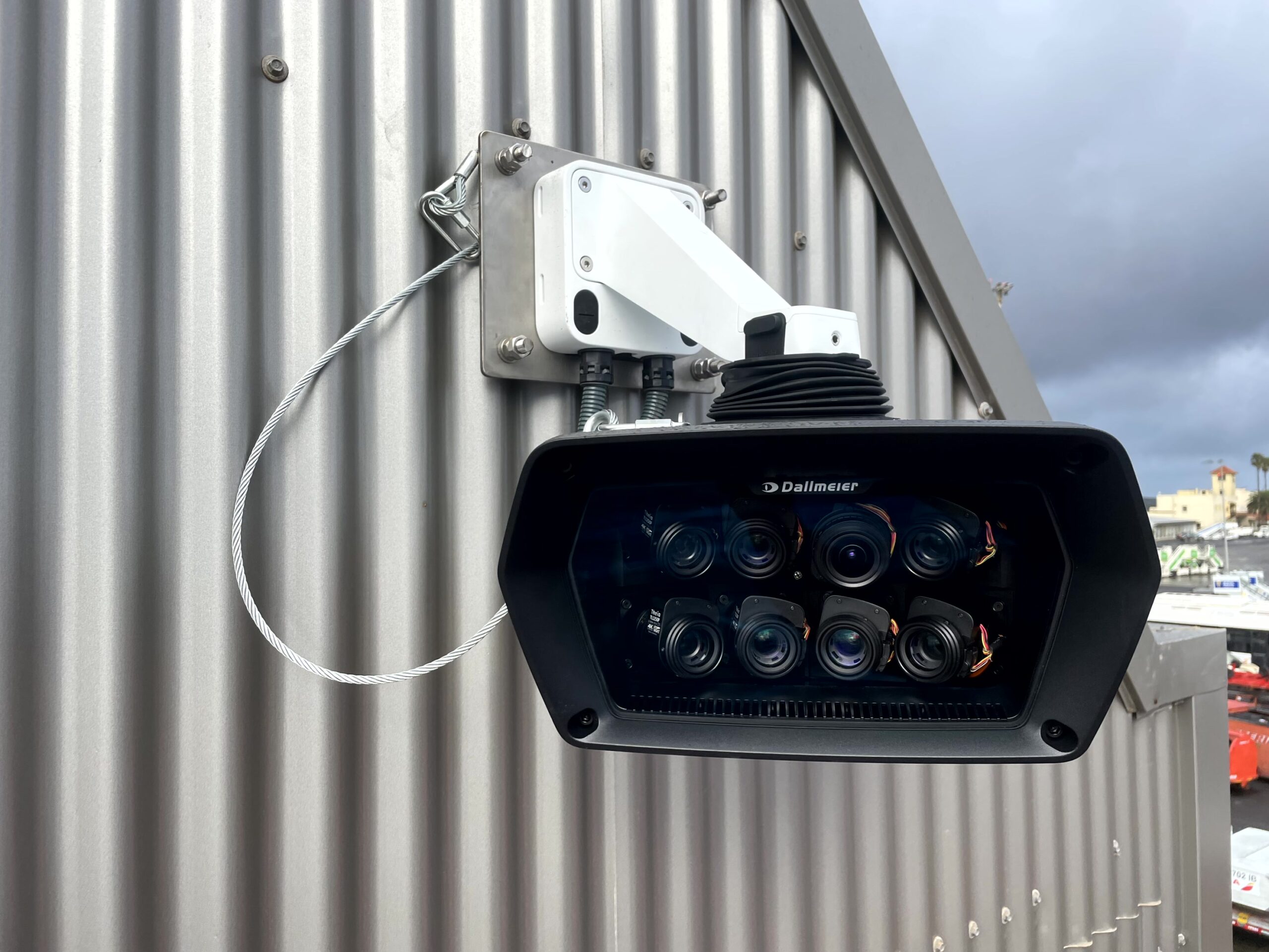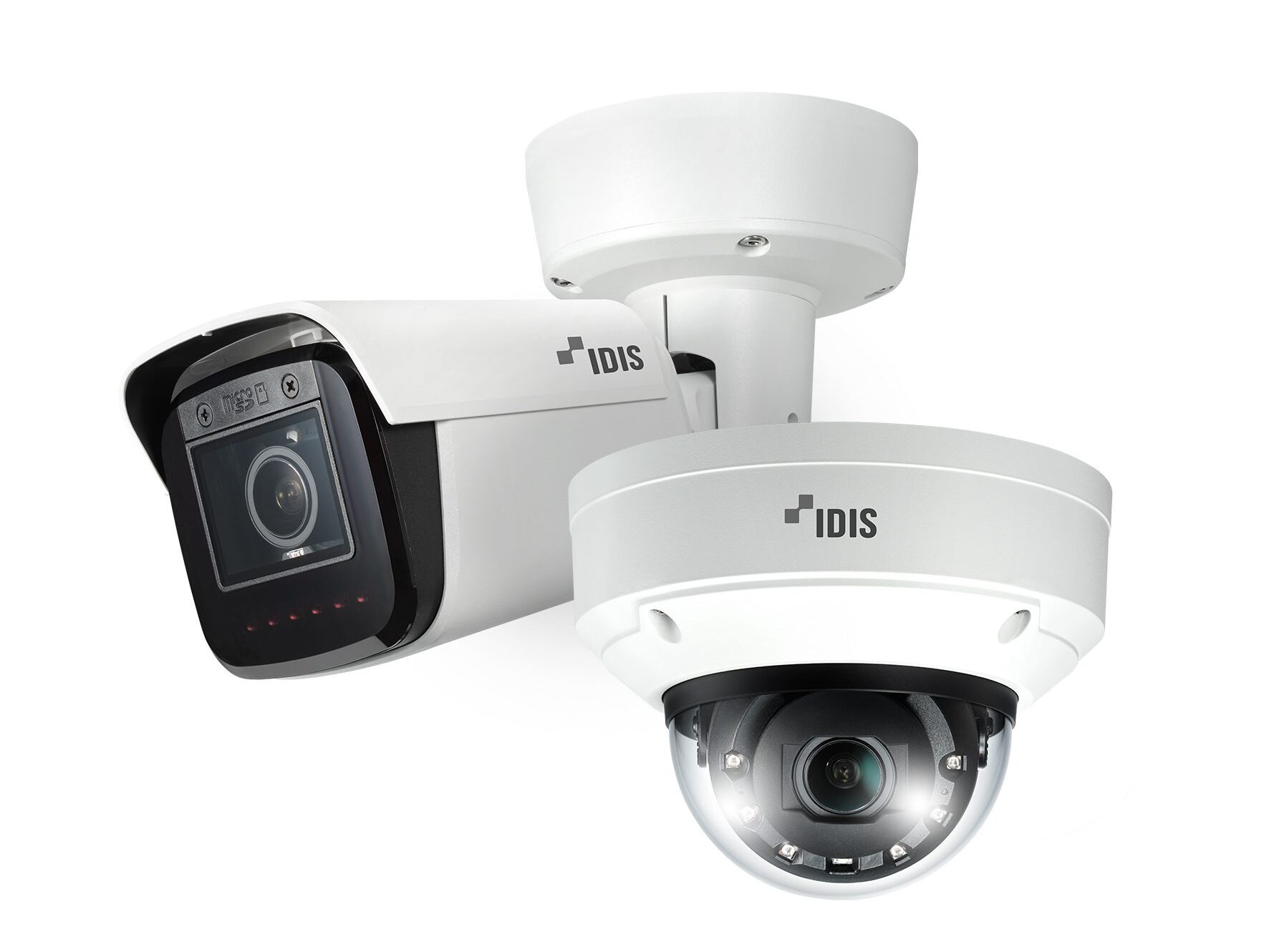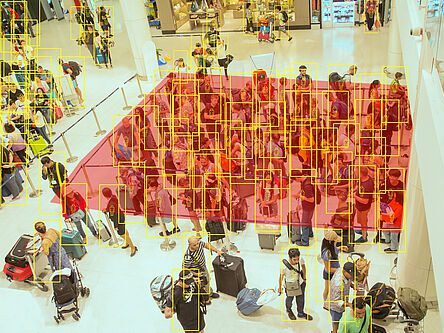The British Library, guardian of the nation’s literary heritage, is at the cutting edge of security technology thanks to a collaboration between Canon, Tecton and the Library’s forward-thinking Security Systems Manager, Bhanu Goud.
The British Library – the national library of the UK and the second largest library in the world – holds extremely valuable collections including manuscripts, sound recordings, drawings and of course books. In all, the Library holds over 150 million items (see Library facts and figures).
There are strict rules in the British Library regarding the handling of books, some of which are centuries old, and anyone seen in the Reading Room with food, drink or an ink pen would be immediately asked to leave.
Goud, who runs the consultancy BG Infotech, was initially hired by the Library to produce a strategy for moving its CCTV recording system from analogue to digital. However, Goud says it quickly became apparent that upgrading the analogue recording system wouldn’t guarantee the quality of security for very long.
He had realised that many of the CCTV cameras were 20 years old and some had ceased to function properly, so his brief was expanded to include an upgrade of the camera system plus integration with the access control and intruder alarm systems.
“I wrote a five-year strategy which is now in its third year of implementation,” Goud says. In addition to outlining the structure of the new security system, the plan provided for the work to be spread out over months and years to minimise disruption to Library operations.
From an initial complement of 240 cameras, the system has expanded to 340 cameras – 230 of which are still analogue and 110 of which are new IP cameras. When finished next year, the number will have risen to around 400 cameras in total, all of which will be IP.
The first task was to replace the recording system. After extensive research and testing, Goud recommended Tecton’s hybrid Liberator recorder for analogue and IP cameras, because the Library needs the capacity to be able to continue recording its legacy analogue cameras while it migrated to IP.
Following that, a fibre optic LAN was installed to provide the communications backbone for the new IP cameras.
When it came to selecting the cameras, Goud spent six months researching the products on the market and talking to the manufacturers to understand their capabilities.
In the end he narrowed it down to three manufacturers who were invited to submit products for a camera shootout at the Library. “We tested Canon against two other models and we ended up adopting Canon as the standard camera for the Library,” he says.
The Canon VB-H610D fixed dome network camera won out on several criteria, he explains. For starters, it has a 2.1 megapixel sensor which is capable of streaming at 25-30fps whereas the other cameras were only capable of streaming 1.3MP at the same frame rate. “If you tried to increase the resolution to 2MP, the frame rate would drop to 15fps which is not true real-time,” he says. “For the naked eye, it makes no difference but in terms of recording high quality images – and we are using this to check the Reading Room where we have high-value, national treasures – we didn’t want to risk that.”
The optics on the Canon camera were also superior, he says. “The view angle on the other camera was 89 degrees whereas the Canon camera could view 112 degrees. In crude terms, if you put five people standing side by side, the other camera could see three of them while the Canon camera could see four.”
This translates into a direct savings of £250,000, he says, because it’s possible to cover a room using just three of the Canon models instead of four of the other cameras. “I’m saving not just on cameras but also cabling, installation, data storage and maintenance – all those costs are reduced for us because of the extra view angle.”
He also found the Canon image sensor to be superior to the other models he tested because it had superior noise reduction which not only generates a clearer image but also cuts down on bandwidth and ultimately data storage.
Integration headaches
Selecting Canon was not the end of the story, because part of Goud’s strategy involved high-level integration between the chosen cameras and the video recording system.
“Integration is never straightforward,” he says. “If we had bought a load of cameras and a VMS system from the same manufacturer, the integration would have been done for us and the headaches would have been taken care of by the same company.
“But we wanted an industry-best recorder and the very best camera so we could achieve the best system in terms of analytics, optics, image compression, storage, play back and display.”
Fortunately, the technical teams at Tecton and Canon worked very closely together to ensure the cameras and recording system worked hand in glove.
To accomplish this, the manufacturers had to comply to common industry standards. “Both manufacturers had to speak to each other to work out how the integration would work by complying to ONVIF standards,” he says.
Even ONVIF didn’t cover all eventualities: “But then we don’t just want static cameras – we want PTZs as well which means using the Tecton software to control the PTZ motion and, after that, the recording frame rates.”
This high level of integration means that Goud can economise on the capacity of the digital recording system. Already weighing in at a hefty 600 terabytes of storage, the system would have ballooned to 2 petabytes if they hadn’t implemented motion-activated recording activation.
When recording analogue cameras, conserving storage space is not as vital, he says, because the cameras stream at a modest 2mbps (megabits per second) but full HD IP cameras pump data into the network at 6-8mbps, with a consequent knock-on effect on storage and network bandwidth.
“In key areas we wanted to record constantly at 25 frames per second but in areas where there wasn’t as much motion, such as fire exits or at night when the Library is mostly vacant, we want to be able to record at one frame per second but then change to 25fps where there is motion. That saves a lot of recording capacity,” he says.
Achieving this meant the video management system had to talk to the cameras because the change in frame rate had to be handled by the camera, not the server. “Without the level of cooperation and support from Canon and Tecton, it wouldn’t have been easy to achieve this,” Goud says.
“As an end-user, we achieved what we did by requesting what we needed, and what Tecton and Canon have done has been very valuable to us,” he says. “Without this, my strategy would not have been as successful as it has been. Three years down the line I didn’t have to change anything in my plan – it’s a very rare scenario when that happens.”
He says Tecton has been particularly responsive to the Library’s requests for developments. Working with the Canon software development kit (SDK), Tecton has continuously supported the Library’s plans and Goud has “only good things to say about them”.
Head start
While other organisations are struggling to get to grips with IP, Goud believes that the Library is at least two years ahead of its peers in the public sector. “No one has their networks sorted out, they don’t know what they need in terms of networks, they don’t know what they need in terms of storage, how much compression they want, what make and model they want to use – I haven’t seen many organisations out there that know what they need.”
From a position of working with ageing security cameras and recording technology three years ago, the British Library has leapt forward and is able to provide a more secure environment for the public, staff and its priceless collections.
And careful planning has paid off in terms of better video which has helped enormously in recent investigations of incidents in the Library, Goud says.
The key to it all, says Goud, is taking the time to understand the security technology: “If we took the suppliers’ words for it and bought equipment without understanding the quality risks, then we would regret it later. We studied the technology and understood the risks ourselves and then bought the equipment.
“So the decision was all ours. If something went wrong, it would have been up to us – rather than taking the supplier’s hand and being walked up the path until it suddenly stopped working and then turning around the blaming each other.”
If he wanted to, Goud could easily write a book on how to install an IP CCTV system and file a copy of it in the British Library, where it would be watched over by the very CCTV system that inspired it.

- It receives a copy of every publication produced in the UK and Ireland
- The collection includes well over 150 million items, in most known languages
- 3 million new items are added every year
- It has manuscripts, maps, newspapers, magazines, prints and drawings, music scores and patents
- The Sound Archive keeps sound recordings from 19th-century cylinders to CD, DVD and MD recordings
- It houses 8 million stamps and other philatelic items
- All this requires over 625 km of shelves, and grows by 12 km every year
- If you see 50 items each day, it would take you over 8,000 years to see the whole of the collection
- The world’s earliest dated printed book, the Diamond Sutra, is sometimes on display in the exhibition galleries alongside many other treasures
- It has on-site space for over 1,200 Readers
- Over 16,000 people use the collections each day (on site and online)
- It operates the world’s largest document delivery service providing millions of items a year to customers all over the world
British Library treasures include:
- Magna Carta
- Lindisfarne Gospels
- Leonardo da Vinci’s Notebook
- The Times first edition from 18 March 1788
- Beatles manuscripts
- The recording of Nelson Mandela’s Rivonia trial speech




